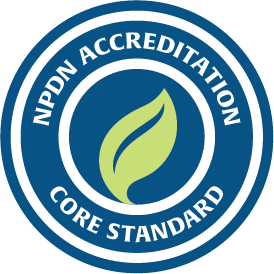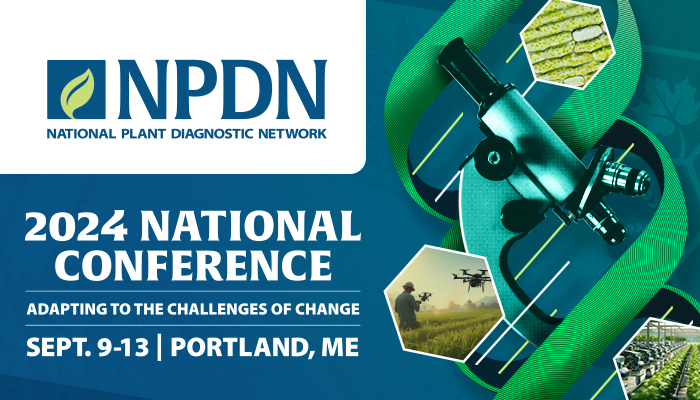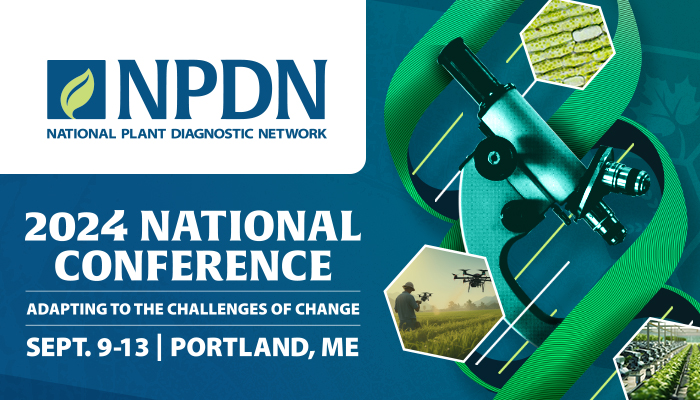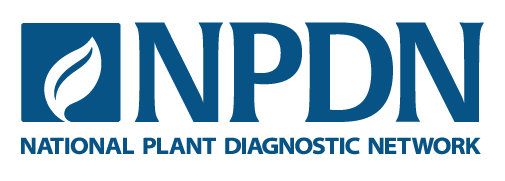The NPDN Core Accreditation Program Has Launched!

James Woodhall(1), Sam Fieweger(2), Christian Cumagun(1), Sara May(3), and Lina Rodriguez-Salamanca(4)
1. University of Idaho – WPDN; 2. Wisconsin DATCP – NCPDN; 3. The Pennsylvania State University – NEPDN; 4. Virginia Tech - SPDN
The Communicator: Volume 5, Issue 8, August 2024
sup{ vertical-align: super; font-size: 75%; }

The Communicator: Volume 5, Issue 7, July 2024
Mike Hill (NPDN IT Director, CERIS-Purdue University)
The Communicator: Volume 5, Issue 7, July 2024
Allina Bennett (NPDN Professional Development Coordinator, University of Florida – SPDN)
The Communicator: Volume 5, Issue 7, July 2024
By Felicia Millett (NPDN Proficiency Committee Chair, Connecticut Ag. Exp. Stn. - NEPDN) and Allina Bennett (NPDN Professional Development Coordinator, University of Florida - SPDN)
The Communicator: Volume 5, Issue 7, July 2024
By Chandler Day and Megan Kennelly* (Kansas State University – GPDN)
*GPDN Co-Director
The Communicator: Volume 5, Issue 7, July 2024
By Carrie Harmon (SPDN Co-Director, University of Florida – SPDN)
The Communicator: Volume 5, Issue 7, July 2024
Registration is open for the Ornamental Workshop held October 22-24 at the JC Raulston Arboretum in Raleigh, NC. View the full announcement online.

The Communicator: Volume 5, Issue 6, June 2024

NPDN supports plant health and biosecurity in U.S. agricultural and natural ecosystems by providing expert diagnostic capacity, communication, coordination, and quality pest and disease diagnostic information.